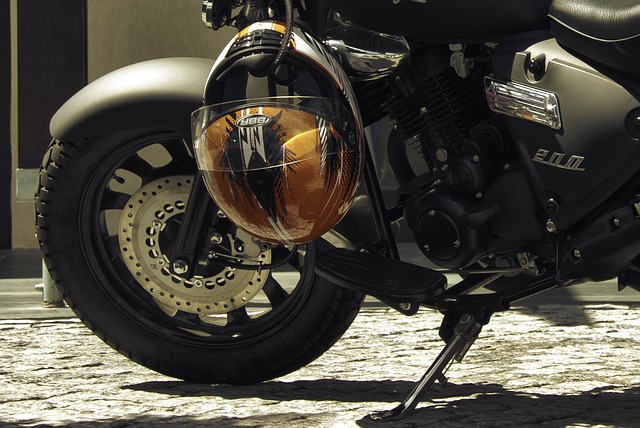How to Choose the Right Motorcycle Helmet

Head injuries and fatalities are two of the most pressing risks for motorcyclists while on the road. A helmet provides riders with the proper level of protection to reduce the risk of death or injury. Though all helmet manufacturers have strict safety standards to meet, there are characteristics that make some helmets safer than others.
Accidents Happen
States without universal helmet laws saw 10 times as many motorcycle fatality accidents compared to states with existing laws in 2017. Additionally, motorcyclists are 28 times more likely to be killed in an accident than passengers in motor vehicles. Though motorcycles only make up 3% of all registered vehicles, motorcycle accidents contribute to 14% of vehicle fatality accidents. Helmets aid in reducing fatality risk by 42%, and reduce the risk of head injury by 69%.
How Helmets Protect Riders
Head injuries are one of the leading causes of death and disability in the United States. With the unique level of risk faced by motorcyclists, helmets remain a crucial piece of protective equipment for all riders. Helmets shield driver’s eyes from debris and provide a protective outer shell, impact-absorbing liner, comfort padding, and a retention system to reduce the risk of head injury in riders. The outer shell compresses on impact, helping to disperse the shock of the impact to protect the skull. The impact-absorbing liner provides a victim’s skull with a cushion when the outer shell hits the surface of the pavement. On the interior, comfort padding allows the helmet to fit snugly to the driver’s head, preventing it from shaking too much in the event of an accident. Finally, the retention system keeps the helmet in place to ensure the driver is protected for the duration of the impact.
Choosing a Safe Helmet
To ensure the best level of protection against personal injury, riders should be conscientious when choosing a helmet. Riders are faced with three choices when initially choosing the type of helmet desired: full-face coverage, 3/4 coverage, and 1/2 coverage helmets. A helmet with full face coverage provides the most protection for motorcyclists. This style covers the face and neck, while also protecting the chin and eyes. Shell built designs made up of reinforced composite materials such as thermoplastic or polycarbonates are recommended. Ensuring a well-fitted chin strap and impact absorbing liner are present are additional best practices when helmet shopping.
